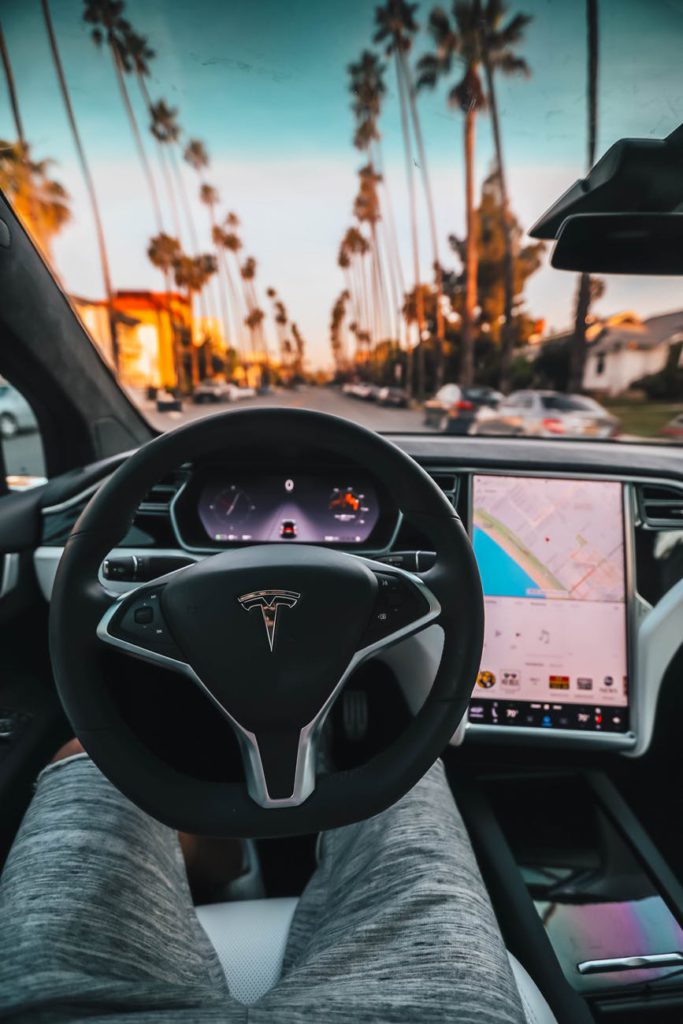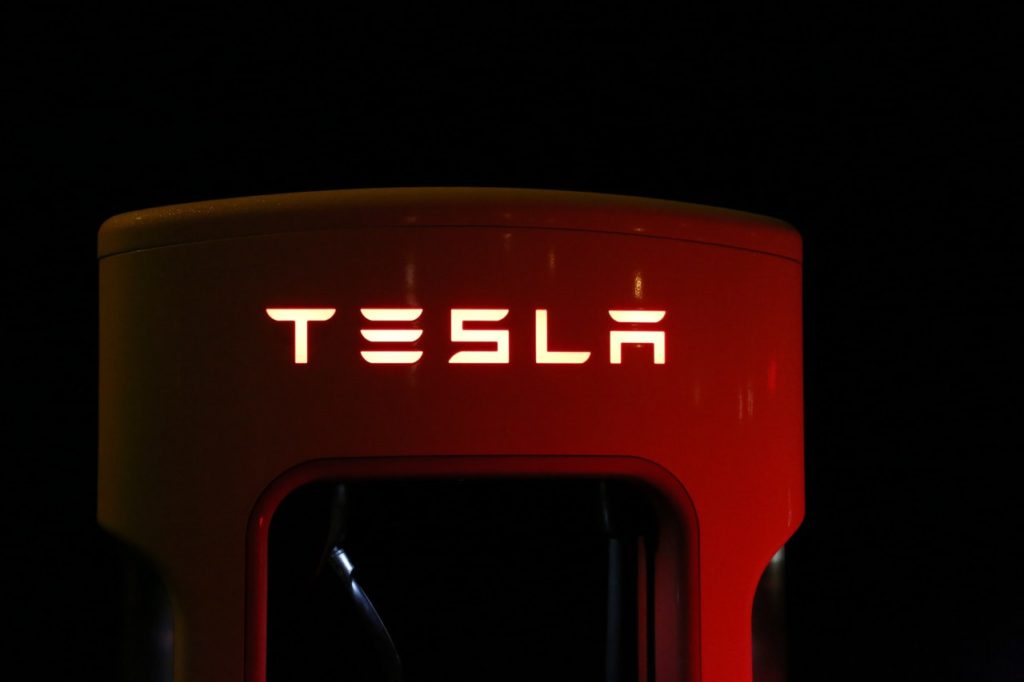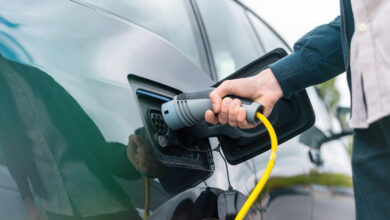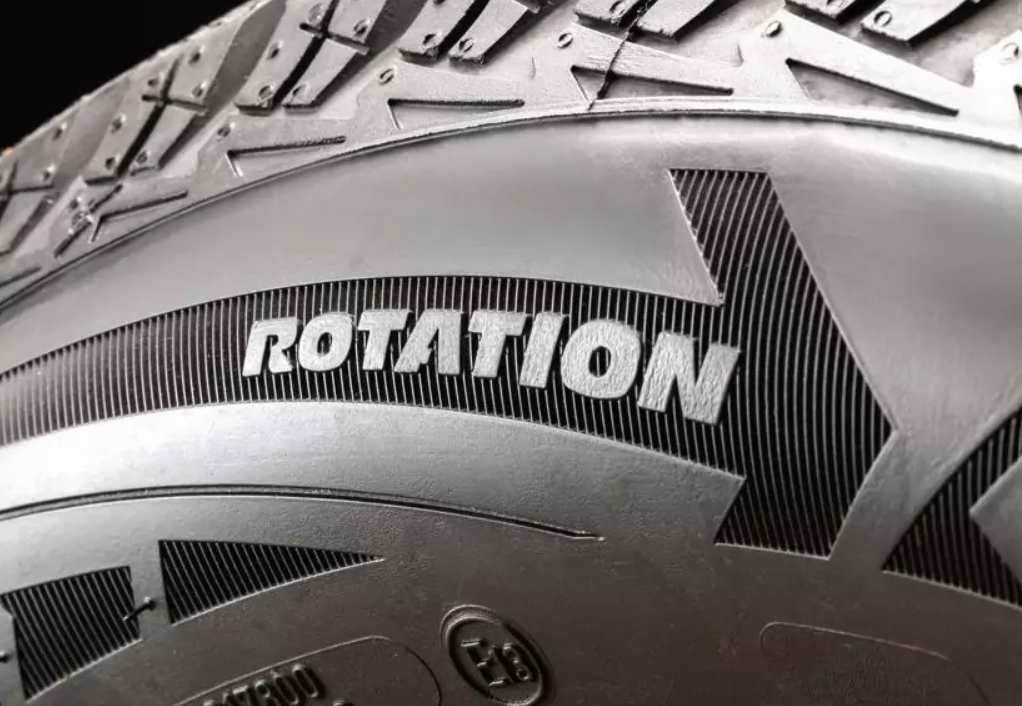Is Malaysia about to have an EV revolution?
As the effects of climate change are beginning to be felt, many countries around the world are turning to electric vehicles (EVs) to reduce both carbon dioxide emissions and other pollutants produced by motor vehicles. However, Malaysia is falling behind in terms of EV adoption.

Speedbumps
China aims to have one in every five vehicles sold in 2025 be EVs and to completely phase them out by 2030. Malaysia’s neighbour Indonesia plans to have 20% of all locally manufactured cars to be an EV. Malaysia in contrast, has no clear raodmap despite the National Automotive Policy 2020 laying out five key objectives:
1. To develop a Next Generation Vehicle (NxGV) technology ecosystem.
2. To expand the Mobility-as-a-Service (MaaS) sector.
3. To ensure the domestic automotive industry is better equipped for IR 4.0.
4. To ensure the overall ecosystem benefits from the implementation NxGVs.
5. To reduce carbon emission from vehicles.
This lack of clarity has resulted in a loss of confidence from investors. Hyundai has plans to move their regional EV HQ from Malaysia to Indonesia citing better investment incentives while an electric bus investor based in Shah Alam also stated that the company will move to India and Indonesia.
Currently a single Nissan Leaf costs RM 181,263 while a long-range Tesla Model 3 has a hefty RM450,000 price tag, far too high for your average consumer. While there is a Malaysian EV in the pipeline with a target price range of RM 50,000, it is far from ready to hit the market. If Malaysia is to catch up with the rest of the world and transition towards green vehicles, cheap importation of Completely Built Up (CBU) EVs is necessary.
Infrastructure
Malaysia’s charging infrastructure is sorely lacking to say the least. CharEV, Malaysia’s largest public charging network only has a paltry 300 stations nationwide, with the majority situated in the Klang Valley. To electrify a nation of 30 million, this is far too few.
Germany for example, has 27,730 charging stations, and yet the German government will require all petrol stations to provide charging facilities for EVs. To compare, that is a charging station per three thousand Germans at present while Malaysia has one charging station per 100,000 people.

Headlights at the End of the Tunnel
According to MIDF Research analyst Hafriz Hezry, the Low Carbon Mobility Blueprint 2021-2030 is a policy plan proposal that details four focus areas, 10 strategies and 45 action plans targeting EVs and alternative fuel adoption among other things.
This proposal calls for 100% import and excise tax exemptions on CBU fully electric vehicles until 2022 with a maximum of 10,000 vehicles, followed by a 50% tax exemption from 2023 to 2025. This plan also stipulates that hybrids will have a 100% import and excise tax exemption from 2020 to 2022, which will be reduced to 75% from 2023 to 2025 and further reduced to 50% from 2026 to 2030.
The proposal also calls for 2000 AC and 200 DC charging stations to be set up by 2021 and charging stations to be set up every 100 km and at every R&R stop along major highways not serviced by private operators by 2030. If Malaysia does not build any more highways until 2030, Peninsular Malaysia would have 2000 km of highways and therefore 20 more charging stations. This would be 13,514 Malaysians per charging station. This is a far cry from Germany’s current 3,000 people per charging station, but it is definitely a step in the right direction.
Conclusion
While Malaysia has a lot of hurdles to overcome if the country is to electrify its roads, the Low Carbon Mobility Blueprint provides a roadmap to circumvent these problems once and for all. Should this proposal be turned into well implemented policy, Malaysia will experience an EV Revolution.




